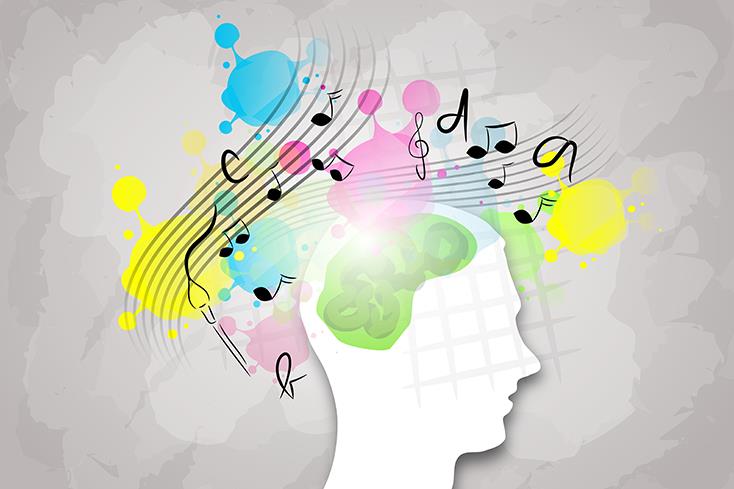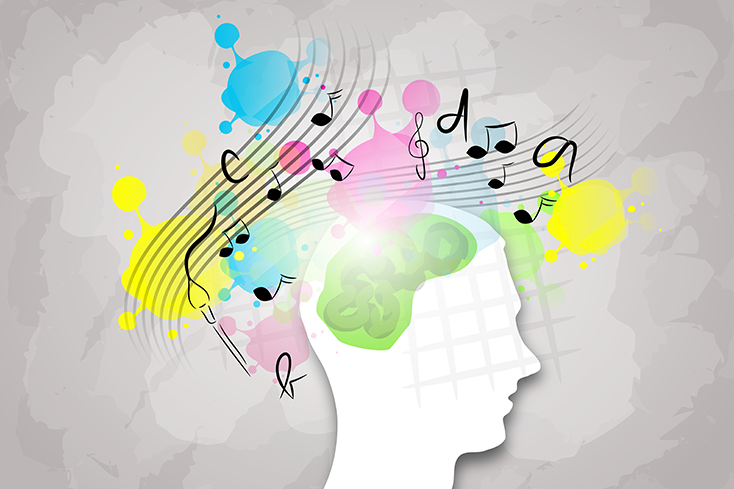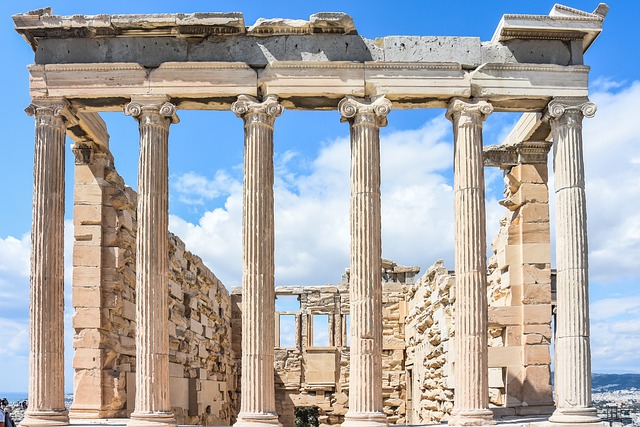
In an interconnected world, cultural identity becomes a complex tapestry that transcends borders and defies traditional notions of belonging. As you navigate this shifting landscape, you find yourself caught between the pull of your heritage and the allure of cultural fusion.
The impact of digital connectivity only intensifies this journey, as it breaks down barriers and exposes you to a myriad of influences.
Join us as we delve into the threads that weave together our cultural identities, challenging preconceived notions and embracing the freedom to redefine who we are in this globalized society.
Key Takeaways
- Globalization and cultural assimilation are blurring traditional heritage, leading to a shifting landscape of cultural identity.
- Cultural fusion and hybridity in a globalized society add vibrancy to our lives and promote understanding and acceptance.
- Cultural identity in an interconnected world is complex and fluid, shaped by experiences and interactions with others.
- Digital connectivity transcends physical borders, allowing for the exploration and expression of cultural heritage in virtual cultural communities.
The Shifting Landscape of Cultural Identity
You can't ignore the fact that your cultural identity is constantly changing in an interconnected world. Globalization and cultural assimilation have woven a complex tapestry of influences, blurring the lines between traditional heritage and modernity. As borders become less restrictive, cultures intermingle, giving rise to new forms of expression and connection. However, amidst this rapid change, there is a growing concern for cultural preservation in a globalized world.
In an era where assimilation seems inevitable, it becomes crucial to protect and celebrate our unique traditions. Cultural preservation serves as a means of safeguarding our collective history while embracing the benefits of globalization. By valuing our roots, we not only retain our sense of self but also contribute to the diverse fabric of humanity.
Navigating this shifting landscape requires introspection and adaptability. It calls upon us to honor our heritage while embracing new experiences and perspectives. Only through this delicate balance can we truly unravel the threads of cultural identity in an interconnected world that yearns for freedom and diversity.
Cultural Fusion and Hybridity
Cultural fusion and hybridity are evident in the blending of different cultural elements in today's globalized society. This phenomenon has resulted in a rich tapestry of diverse expressions, from global fashion trends to multicultural cuisine. It is as if the world has become a melting pot, where different cultures intertwine and influence one another, creating a beautiful mosaic of identities.
In this interconnected world, fashion has transcended geographical boundaries. Global fashion trends now incorporate elements from various cultures, resulting in unique and innovative styles that reflect the diversity of our society. Likewise, multicultural cuisine has become increasingly popular as people embrace the flavors and culinary traditions from around the world.
This blend of cultures not only adds vibrancy to our lives but also promotes understanding and acceptance. It allows us to appreciate the beauty in our differences and celebrate our shared humanity. In this era of globalization, cultural fusion and hybridity serve as reminders that we are all connected, bound by a common thread that transcends borders.

Navigating Cultural Identity in a Globalized Society
As an individual in a globalized society, it can be challenging to navigate and define your own cultural identity. In a world that is increasingly interconnected, the concept of cultural identity becomes more complex and fluid. As a global citizen, you are constantly exposed to different cultures, traditions, and perspectives. This exposure can lead to a sense of cultural assimilation, where you adopt aspects of different cultures into your own identity. However, it is important to remember that cultural identity is not something static or predetermined – it is a personal journey of self-discovery and exploration. Navigating this journey requires introspection, open-mindedness, and a willingness to embrace diversity. It means recognizing that your cultural identity is not limited by geographical boundaries but rather shaped by your experiences and interactions with others regardless of their backgrounds. By embracing this mindset, you can truly embody the ideals of global citizenship while maintaining the freedom to define your own cultural identity.
| Column 1 |
Column 2 |
| Global Citizenship |
Cultural Assimilation |
| Interconnected World |
Fluid Identity |
| Self-Discovery |
Embracing Diversity |
The Impact of Digital Connectivity on Cultural Identity
The impact of digital connectivity on cultural identity can be seen in the fluidity and adaptability of individuals' self-discovery and exploration.
In this interconnected world, the concept of cultural identity has transcended physical borders and taken on a new dimension.
The rise of digital diaspora has created virtual cultural communities where people from diverse backgrounds come together to share their experiences, traditions, and values.
These online spaces provide a platform for individuals to connect with others who understand their unique struggles and triumphs in navigating cultural identity in a globalized society.
Through these virtual connections, people can explore different aspects of their cultural heritage while also embracing new influences from around the world.
Digital connectivity has become a powerful tool for individuals seeking freedom to express themselves authentically while forging connections that transcend geographical boundaries.
Challenging Traditional Notions of Cultural Belonging
Embrace the digital age and challenge traditional notions of where you belong.
In this interconnected world, cultural boundaries are being redefined, and multiculturalism's influence is undeniable.

The digital connectivity that binds us together transcends physical borders and allows for a fluid exchange of ideas, beliefs, and identities. It enables individuals to connect with like-minded people who share their values and interests, regardless of geographical location.
This newfound freedom challenges the rigid structures of cultural belonging that were once defined by nationality or ethnicity. Instead, it encourages individuals to forge their own paths and embrace a global identity shaped by diverse influences.
By embracing the digital age, we can break free from outdated notions of cultural identity and truly experience the beauty of a world without borders.
Frequently Asked Questions
What are some specific examples of cultural fusion and hybridity in today's interconnected world?
In today's interconnected world, cultural fusion can be seen in the realm of food and fashion, where different cuisines and styles blend together. Similarly, hybridity is evident in music and language, as diverse influences shape new forms of expression.
Social media, with its global reach, plays a pivotal role in shaping cultural identity today. It enables the exchange of ideas and fosters a sense of interconnectedness, but it also perpetuates cultural appropriation, blurring boundaries between authenticity and exploitation.
Are there any negative consequences of digital connectivity on cultural identity?
The negative consequences of digital connectivity on cultural identity include the erosion of traditional values and customs. As technology binds us, it also threatens to unravel the unique tapestry that defines our heritage and individuality.
How do individuals navigate their cultural identity when they are part of multiple cultures?
Navigating multiple cultures requires intercultural relationships and a balance between cultural assimilation and preservation. It is a complex process, requiring self-reflection, open-mindedness, and the freedom to embrace various aspects of one's identity.
Can challenging traditional notions of cultural belonging lead to a loss of cultural heritage?
Challenging traditional notions of cultural belonging can indeed result in a loss of cultural heritage. When individuals no longer feel bound by societal expectations, they may neglect to preserve their unique customs and traditions, ultimately impacting cultural preservation.
 SportsHollywoodLifestyleFashionHome & GardenTrendsPrivacy PolicyTerms And Conditions
SportsHollywoodLifestyleFashionHome & GardenTrendsPrivacy PolicyTerms And Conditions
